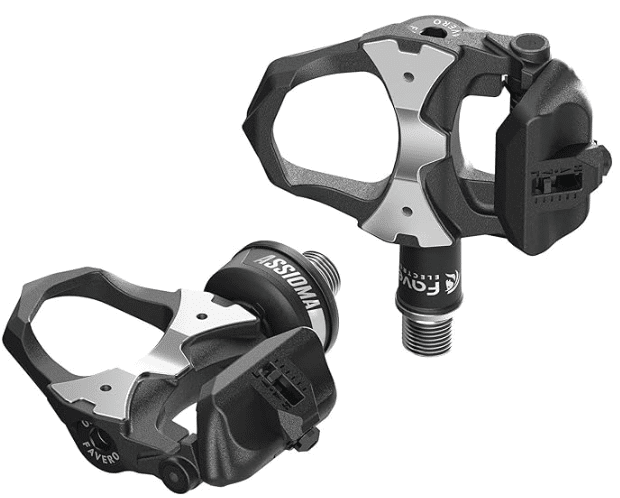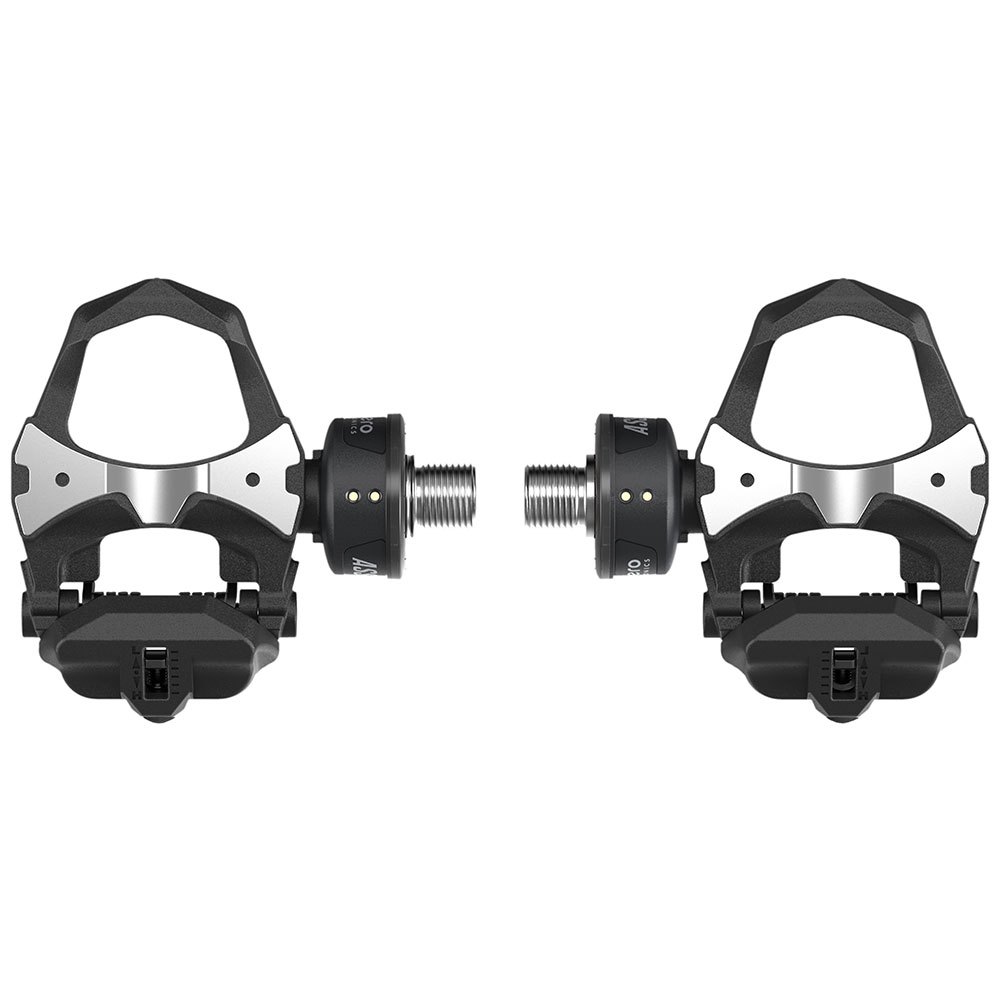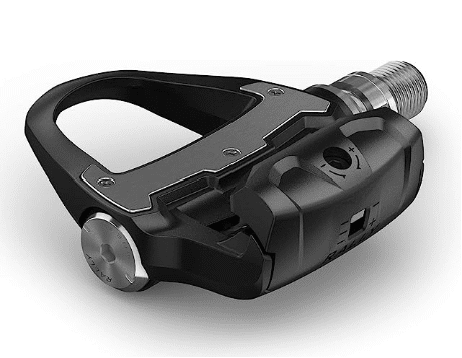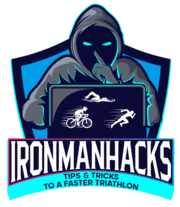Updated 19 April 2024
It’s been said that if you want to get faster, don’t upgrade your bike, buy a power meter.
Over the years, power meters have made tremendous progress. What was once a complicated, sensitive, and sometimes unreliable novelty is now commonplace among almost all serious triathletes and cyclists.
Most or all cycling and triathlon coaches will strongly recommend their athletes train with power, and some won’t even coach those that don’t use power.
Power, as measured in watts, is the only consistent and reliable way to quantify an athlete’s output.
It eliminates extraneous variables such as terrain, weather, fatigue, and other confounding variables to produce a clean assessment of an athlete’s cycling output.
Power meters are also super valuable tools to pace racing and manage output.
They are also critical in the assessment post-race of an athlete’s performance, and can pinpoint areas to work on in training or race strategy.
Additionally, they measure cadence as well, so you can ditch your old-school spoke magnet or rubber band-thing-around-the-hub device if you have a power meter.
Finally, it’s worth noting that the vast majority of power meters in 2023 and 2024 are pedal-based, along with a few that are crank-based.
There used to be big debates about whether to buy one on the pedals, hubs, cranks, spider, or elsewhere, but these days it’s all pedal or crank.
Table of Contents
IronmanHacks is reader powered. So, if you buy one of the items on this page we may earn a small commission, at no extra cost to you. Thanks for your support.
The Purpose of a Power Meter
Measures Cycling Power in Watts: The primary function of a power meter is to measure the amount of power (in watts) generated by the cyclist. This measurement is considered a more direct and accurate indicator of effort compared to speed or heart rate alone.
Objective Performance Measurement: Power meters provide an objective and consistent measure of a cyclist’s effort, regardless of external factors like terrain, wind, or fatigue. This makes them valuable tools for training and performance analysis.
Training Zones and Intensity: Cyclists can use power meters to establish and train within specific power zones. These zones are often based on a percentage of the cyclist’s maximum sustainable power and help in structuring workouts for specific training goals, such as endurance, threshold, or sprinting.
Efficiency and Technique Analysis: Power meters can be used to analyze pedaling efficiency and technique. By examining how power is distributed throughout the pedal stroke, cyclists can identify areas for improvement and work on optimizing their pedal stroke.
Race Strategy and Pacing: In competitive cycling, power meters are used to develop race strategies and assist with pacing. Cyclists can ensure they maintain a sustainable effort level over the course of a race or time trial, preventing early fatigue or burnout.
Data Logging and Analysis: Power meters often have the capability to log data over time, allowing cyclists and coaches to analyze trends, track progress, and make informed decisions about training adjustments.
Compatibility with Training Software: Power meters can be integrated with various training software platforms, enabling cyclists to upload and analyze their ride data. This integration allows for more detailed post-ride analysis and helps in planning future training sessions.
The Best Power Meters
1. Favero Assimoa Uno
Let’s get straight to the point: The Favero Assimoa Uno is the best value power meter you can buy, hands down.
Favero shook up the power meter industry a few years ago when they came on the scene. This was because their Assioma was a top performer at a competitive price, with features unmatched by others. Specifically:
- A form factor that’s hardly bigger than normal pedals
- A rechargeable battery that lasts weeks or months (supposedly 50 hours) – and the magnetic lead is so simple to attach. Plus, it plugs into any USB port to charge.
- Software updates and fixes that are avaialbe via the app
- No finicky calibration or settings that ever need to be done
- Consistent, accurate measurements
- Like all pedal based power meters, the ability to easily switch them from one bike to another

I have had my Faveros for a few years now, putting tens of thousands of kilometers on them, and haven’t had a single problem.
I’ve raced them in the searing heat of Malaysia, monsoon rains, cold of Finland, and more, and they’ve been flawless.
Even Joe Friel, power meter owner for decades and author of books on power meters, agrees that Favero is the best.
One thing to note is that the Faveros use Look-type cleats, so if you currently use Shimano cleats on your shoes, you’ll either have to change those cleats or get new shoes. I simply changed all my cleats and pedals on all bikes to Look.
Pros 👍🏽
-The most loved power meter
-Bombproof
-Best value
Cons 👎🏽
-None that I can think of
2. Favero Assimoa Duo
The Duos are the same as the Unos, but they are two-sided. The Unos simply double the power of the left pedal to derive your total output, while the Duos measure the power from each leg independently, and sum them for total output.
I usually recommend the Unos to my athletes and friends as they’re almost as good and they are considerably cheaper.

The only two reasons I can think of that can justify buying the Duos are:
- If you have had surgery or injury to one leg, ankle, foot, or hip or you have reason to belive you have a significant power imbalance between the left and the right. In this case, a Duo would make sense as you can then work on your weakness and train to even things out.
- If you have plenty of cash and really don’t care about how much you spend
3. Garmin Rally
Garmin is such an established name in the fitness electronics industry that it’s hard to go wrong with a purchase from them.
It’s nice to be part of a single ecosystem – for example, if you use a Garmin watch, bike computer, heart rate monitor, and now power meter, you’ll be able to see a consolidated view of all data in one place in Garmin Connect (the app or website).

You’d still be able to do that if you were not using a Garmin power meter, but to less detail. The detail the Garmin power meters show is what they call Cycling Dynamics. These are:
- Seated / Standing Position
- Power Phase
- Platform Center Offset
- Right/Left Balance
There’s a fair bit of analysis behind each of these measurements, which you can get into if you use the Garmins.
Also, the Rally RS200 uses Shimano cleats, which is convenient for most of us who are already on Shimano SPDs.
I have heard of some reliability problems with the Garmins, but they tend to have solid warranties and after all these years may have sorted things out.
Pros 👍🏽
-Best-in-class measurement
-Smallest form-factor
-Deep data (Cycling Dynamics)
-Part of the Garmin ecosystem
Cons 👎🏽
-Price
-They do not have an impeccable track record of reliability
4. Stages
No power meter review would be complete without a mention of Stages.
I feel like the Boulder, CO based Stages did to power first what Favero did later: They came out with an affordable, reliable, solution that was palatable by the masses.

But many not like the fact that they have to replace their entire crankset just to get a power meter. It’s a bit wasteful, in my opinion, unless the bike comes with the Stages on it when you buy it.
Also, it’s not rechargeable. I’m not a fan of batteries you have to replace (as opposed to recharge). I would not want to have to replace a battery before a race when I can just plug the pedals into the wall and recharge them – much easier.
The biggest downside, in my opinion, is the fact that you can’t swap this between bikes (without a lot of work) like you can pedal-based power meters.
That said, it’s a simple fit-and-forget solution that’s proven and fuss-free.
Pros 👍🏽
-Super light
-Proven and popular
Cons 👎🏽
-Coin cell battery (not rechargeable)
-Requires a whole new crankset
-Can’t be swapped between bikes
Dual-sided not available for SRAM or Campagnolo
-Expensive
Summary
In conclusion, a power meter is an essential part of any serious triathlete / cyclist’s gear. This is assuming, of course, you are training diligently and according to a power-based training plan.
Just a few years ago, choosing a power meter was a complicated and confusing process, but with new entrants into the market (Favero), things have simplified and prices have come down.
Unless money is no object, it’s hard to make an argument against the Faveros, as not only are they the cheapest, they are just about the best.

Leave a Reply
You must be logged in to post a comment.